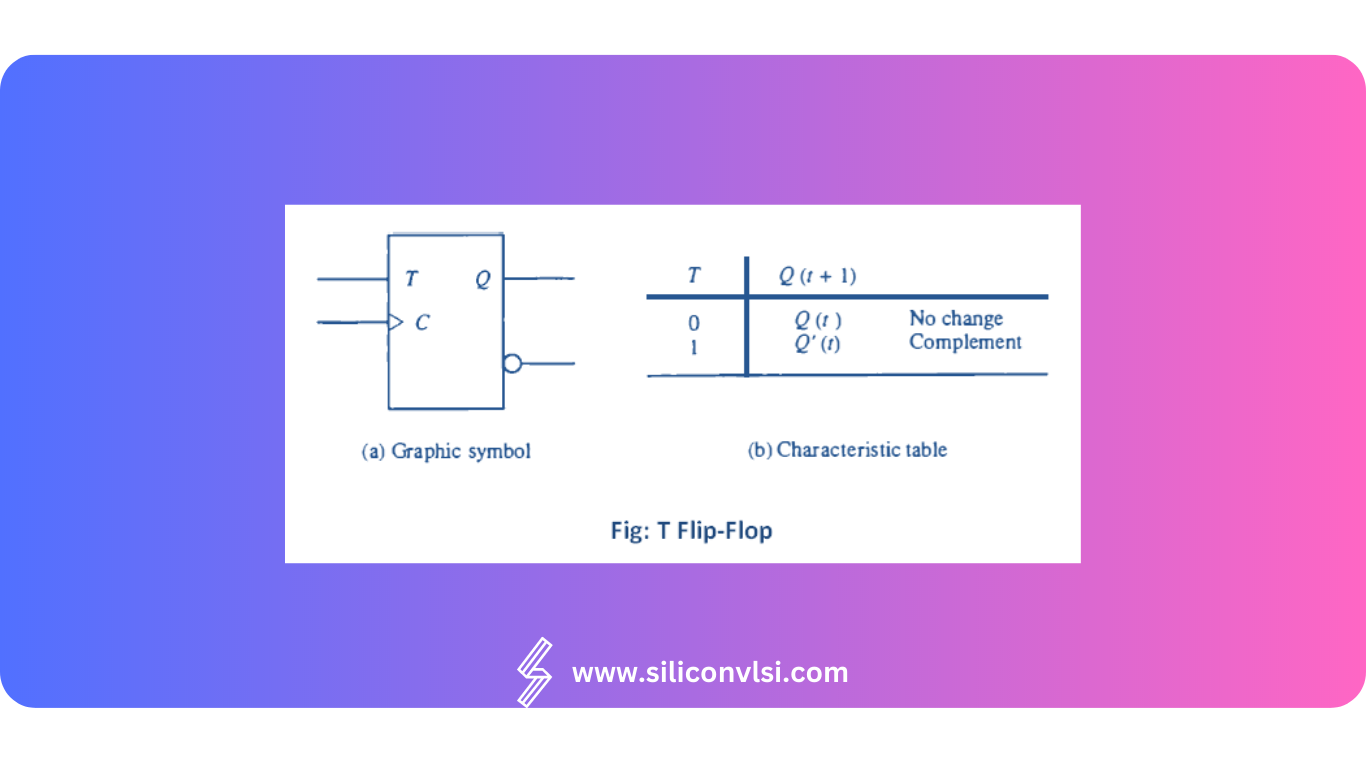Flip-Flops in Digital Electronics
Flip-flops are fundamental building blocks in digital electronics that store and manipulate binary information. They are sequential logic devices capable of maintaining one bit of data, which can be either 0 or 1 until a triggering event causes a change in their output.
There are several types of flip-flops, each with its own characteristics and applications. The most commonly used flip-flops include D flip-flop, JK flip-flop, RS flip-flop, and T flip-flop. Let’s explore each of them in detail
Types of Flip-Flops
D Flip-Flop
The D flip-flop, also known as a data flip-flop, stores and outputs the value of the D (data) input when triggered by a clock signal. It has two stable states, namely SET and RESET, controlled by the clock edge. D flip-flops are widely used in applications such as data storage, registers, counters, and sequential circuits.
![]()
JK Flip-Flop
The JK flip-flop is an extension of the SR flip-flop with additional functionality. It has two inputs: J (set) and K (reset), along with a clock input. The J and K inputs determine the behavior of the flip-flop. JK flip-flops can operate in toggle mode, where the output toggles between its complemented and non-complemented states, making them useful for frequency division and counters.
![]()
RS Flip-Flop
The RS flip-flop, or the Reset-Set flip-flop, has two inputs: R (reset) and S (set). It stores one bit of data and can be set or reset based on the input signals. RS flip-flops are commonly used in latch circuits, memory elements, and control units.
![]()
T Flip-Flop
The T flip-flop, also known as a toggle flip-flop, changes its output state (toggles) when triggered by a clock signal. It has a single input, T (toggle), and is useful in applications such as frequency division, counters, and shift registers.
Flip-flops are essential in digital systems where the storage and manipulation of binary data are required. They are used to build sequential circuits, memory elements, and various other digital components. By combining multiple flip-flops and interconnecting them, complex circuits and systems can be created, enabling tasks such as data storage, synchronization, and control in digital electronics.
Understanding the behavior and characteristics of flip-flops is crucial for digital system design and analysis. Proper utilization of flip-flops allows for the creation of efficient and reliable digital circuits that form the foundation of modern computing and digital technology.
